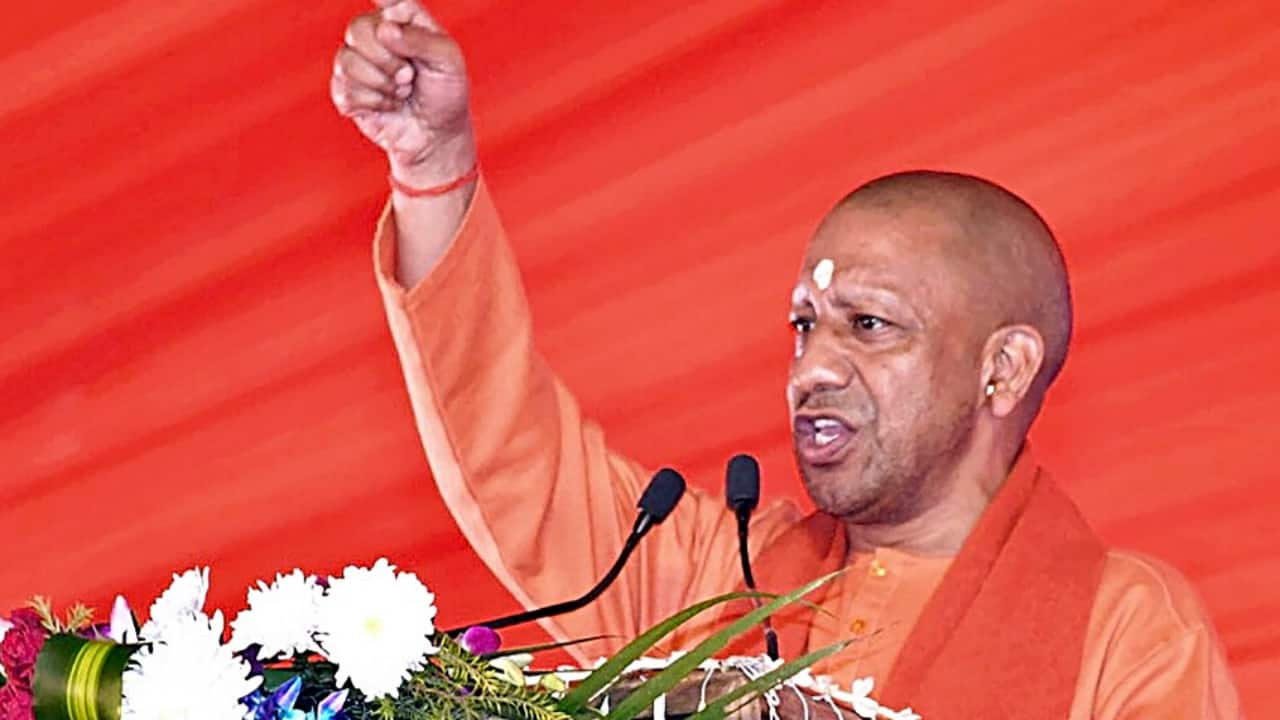 |
|
The recent Uttar Pradesh by-elections, held across nine assembly seats, served as a significant political barometer, offering a glimpse into the dynamics of the state's political landscape ahead of the 2024 general elections. These by-elections, marking the first electoral test post the Lok Sabha elections, saw a fierce contest between the ruling Bharatiya Janata Party (BJP) and the Samajwadi Party (SP), the state's principal opposition party. The high stakes were evident in the vigorous campaigning and the intense scrutiny surrounding the voting process itself. With 90 candidates vying for the nine seats, the results hold immense importance for both parties, each striving to establish its dominance in this crucial state.
Exit polls conducted by JVC and Matrize painted a largely favorable picture for the BJP-led National Democratic Alliance (NDA). Matrize predicted an NDA victory in seven out of the nine seats, while JVC projected a more decisive win for the BJP, forecasting six out of nine seats. These projections, while not definitive, suggest a significant boost for Chief Minister Yogi Adityanath and his party. The Samajwadi Party, meanwhile, was projected to secure a win in only two seats according to Matrize, indicating a potential setback for the party after its relatively strong performance in the recent Lok Sabha elections. The discrepancy between the two exit polls highlights the inherent uncertainties associated with such predictions, and the actual results could vary. However, the overall trend points towards a BJP advantage.
The by-elections also witnessed a noteworthy voter turnout, averaging around 41.92% by 3 pm on Wednesday. While the overall turnout reflects a degree of electoral engagement, the variation across different constituencies, ranging from a high of 50.03% in Kundarki to a low of 27.44% in Ghaziabad, suggests underlying localized factors influencing participation. These discrepancies might stem from variations in voter demographics, campaigning intensity, and local issues. The relatively low average turnout compared to past elections could potentially indicate apathy among some segments of the electorate, or reflect other local factors at play. Further analysis will be needed to gain a deeper understanding of this variation.
The electoral process wasn't without its controversies. The Samajwadi Party lodged complaints of voter suppression allegedly perpetrated by the police in certain areas, leading to the Election Commission suspending several police personnel in Kanpur and Muzaffarnagar. These allegations, while serious, require independent verification to ascertain their validity. The BJP, conversely, expressed concerns about the identification process for women wearing burqas. Such allegations underscore the challenges inherent in maintaining transparency and impartiality during elections, especially in a state with a complex socio-political fabric. The investigation and resolution of these complaints are crucial for preserving public faith in the fairness of the electoral process.
Eight of the contested seats fell vacant due to the incumbents' election to the Lok Sabha. The ninth seat, Sisamau, became available following the disqualification of Samajwadi Party MLA Irfan Solanki due to a criminal conviction. This highlights the intricate link between criminal justice and the electoral process in India. The implications of such disqualifications on party strategies and voter perceptions demand further research. The by-election results, therefore, hold significance not only for immediate political outcomes, but also for analyzing broader trends in electoral behavior and the interplay between different state and national level dynamics.
The performance of the BJP in these by-elections, irrespective of the final numbers, provides critical insights into its current political standing in Uttar Pradesh. The party's success in the Lok Sabha elections in 2019, where it secured a commanding 62 seats, was significantly reduced in 2024, where it secured only 33 seats. The SP-Congress alliance capitalized on this decline and won 43 seats. The by-elections offer a chance to gauge whether this shift is merely a temporary fluctuation or a more sustained trend. This data is crucial for shaping both short-term and long-term electoral strategies for all the major political parties in the state.
In conclusion, the Uttar Pradesh by-elections represent a pivotal moment in the state's political calendar. The exit poll predictions, while needing confirmation through the official results, offer a compelling narrative. The relatively close competition suggests a dynamic political landscape where future election outcomes remain uncertain. The controversies surrounding the elections, ranging from allegations of voter suppression to identification procedures, emphasize the complexities and challenges of conducting free and fair elections. The analysis of these by-election results, encompassing turnout figures, candidate performance, and the broader political context, will offer valuable insights into the state’s future political trajectory and its impact on the national landscape as the 2024 general elections approach.
Source: UP Exit Polls 2024: Pollsters predict big boost for Yogi Adityanath across nine seats
